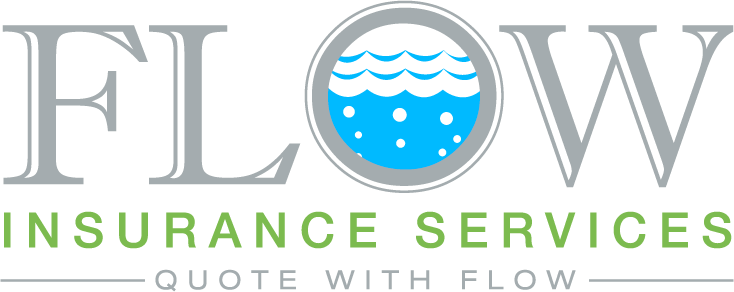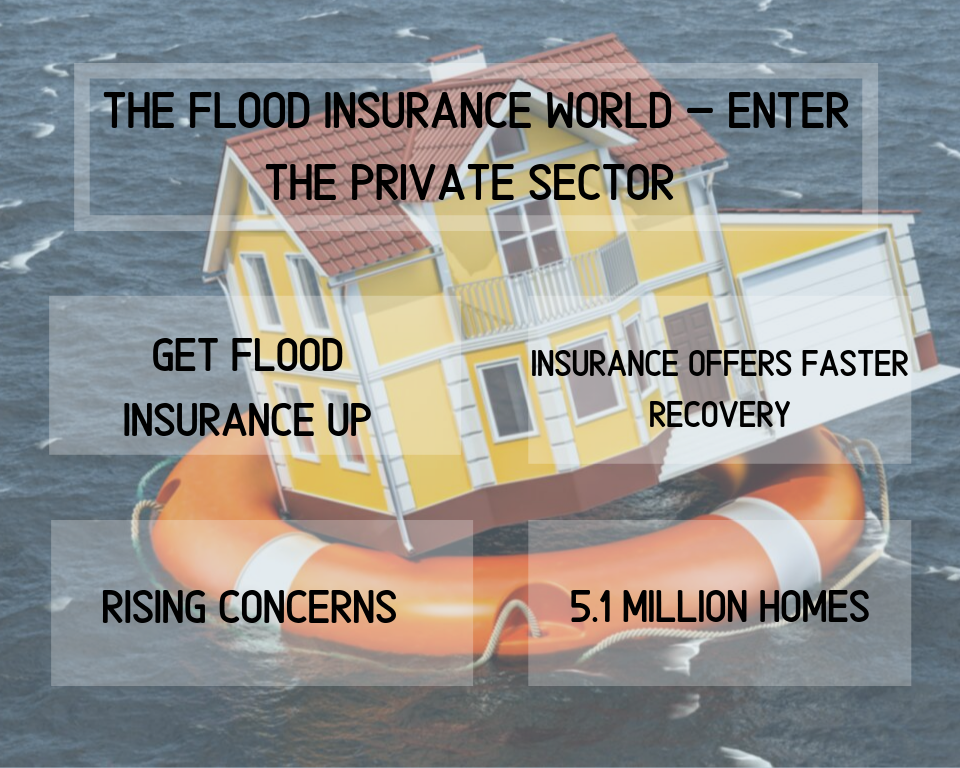27 Sep The Flood Insurance World – Enter the Private Sector

855-368-5502
The Flood Insurance World – Enter the Private Sector
By: Adam M. Matheny
Get Flood Insurance Coverage Up
After an extended period of absence, the private sector is finally beginning to offer flood insurance, in the hopes that the percentage of homeowners who purchase flood insurance up and out of the single digits.
In part, this “change of heart” is due to changes to the NFI and technology that now makes it possible to assess a property’s flood risks, and of course the vast number of investors who are now pouring money in insurance companies.
While the current market for private flood insurance is still under 5 percent, the National Flood Insurance Program continues to provide the bulk of flood insurance in the nation. In recent months, the private insurance sector has seen significant growth. However, this spike has led many to worry that they will be writing cheap policies that did not provide sufficient coverage to ensure that homeowners would be able to rebuild after a flood. This would then leave them no choice but to turn to the federal government for help.
Insurance Offers Faster Recovery
According to Independent Insurance Agents & Brokers of America’s insurance task force chairman Christopher Heidrick, ” We’re all trying to accomplish more coverage. There’s no question that recovery is much faster on a structure that’s insured than on a structure that’s not insured.”
New regulations introduced by financial regulators also support the growth of private flood insurance by requiring mortgage lenders to accept private flood insurance in much the same way as they have been doing for NFIP policies that have long been used to provide flood insurance for properties with federally backed loans. These new regulations are in response to a flood insurance law passed in 2012 have been designed to remove barriers that have stopped private insurance companies from issuing flood insurance policies.
Raising Concerns
Another major concern is that under the new rules, insurance companies will start writing low-cost flood insurance policies that could prove to be very attractive to homeowners, especially those who are struggling to simply pay their bills. These policies could possibly have coverage limitations and exceptionally high deductibles that would, in the end, prove to be completely useless when the time comes for homeowners to rebuild their homes following a flood.
Current NFIP insurance policies have either a $1,000 or $1,250 deductible based on the amount of coverage selected by the homeowners. These policies cover elevating and other forms of flood-proofing homes to protect them from further flood damage, a process that can cost homeowners tens of thousands of dollars. It’s only natural for people to look for the cheapest flood insurance they can find, but these policies with their high deductibles could leave the homeowner unable to file a claim.
The new law passed in 2012 was intended to expand the participation in flood insurance by the private sector, ensuring it would provide coverage similar for that would be similar to that issued by the federal government. The idea was to create a program in which homeowners would have access to sufficient coverage that would make it possible for them to rebuild or complete major repairs with having to rely on the government. Keep in mind that disaster relief costs borne by the federal government hit $120 billion in 2017. When Congress passed the new law, their intent was to ensure that any growth in the private flood insurance would be conducted in an orderly fashion. However, there are those who want the government to make adjustments to the laws that would remove any barriers that have been found to discourage the private sector.
5.1 Million Homes
Try making flood your lead line of insurance. Single line flood accounts won’t pay the bills, but well rounded account do. With the private flood insurance markets available you have the chance to deliver a real solution to people that have been struggling with the raising NFIP premiums. Flood insurance is a pain-point for many, and you can be the solution. Lead with flood insurance and circle back for the rest. On the residential side start with the flood and cross sell with the rest of of the household. On the commercial side lead with flood insurance and round out with the commercial property portfolio. You can market in any zone, to any type of property owner. The best news is, if they need flood insurance it is almost guaranteed that they have other lines of business. In an industry that is hard to be a hero, this is your chance. Deliver the solution that your prospects and clients have been waiting for!

